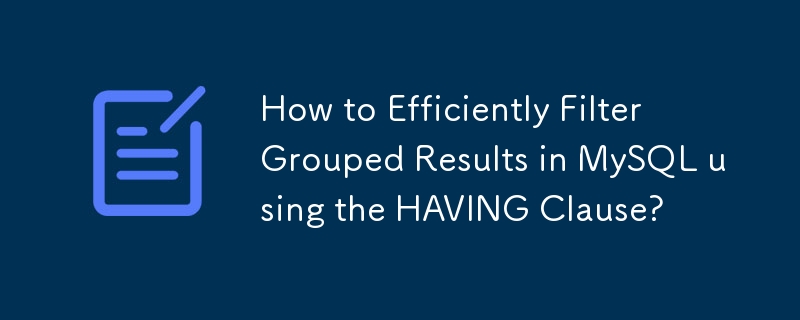Found a total of 10000 related content

How to use the WHERE clause in SQL?
Article Introduction:In SQL, the WHERE clause is used to filter query results. 1. It filters data that meets specific conditions through conditional expressions, and the condition must return a Boolean value. 2. Supported operators include comparison characters such as >,
2025-07-25
comment 0
222
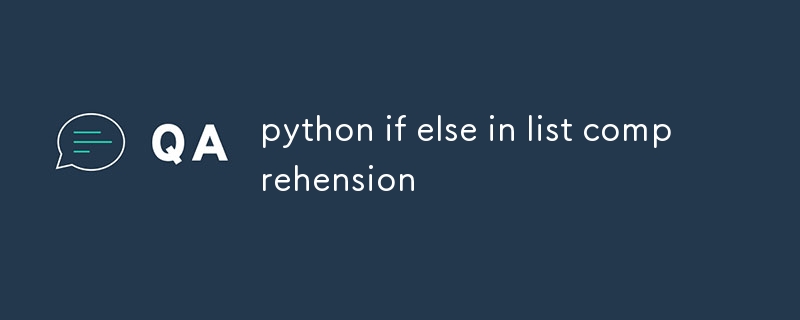
python if else in list comprehension
Article Introduction:In Python, if-else can be used in conjunction with list comprehensions, but the syntax order is different from the usual ones. 1. When you need to return different values according to the condition, the structure is [expression_if_trueif conditionelseexpression_if_falseforiteminiterable], such as [xifx%2==0else0forxinnumbers]; 2. If you only need to filter elements, the structure is [expressionforiteminiterableifcondition], such as [xforxinnumsifx>0]; 3. For multi-condition cases, you can
2025-07-16
comment 0
966
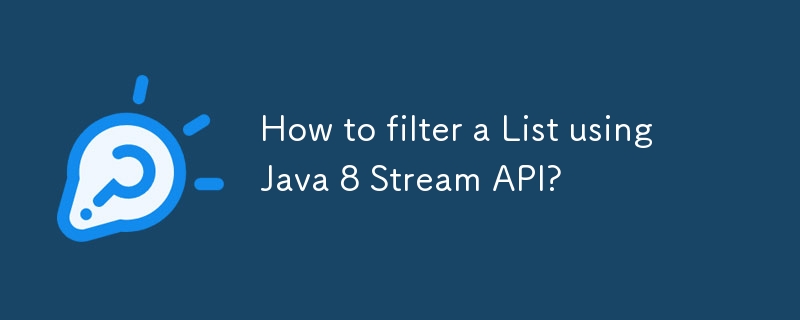
How to filter a List using Java 8 Stream API?
Article Introduction:In Java 8, using the filter() method of StreamAPI combined with Lambda expressions can efficiently filter Lists. 1. Basic filtering: If you keep integers greater than 10, you need to use filter(n->n>10); 2. The filtering object list can be judged by object properties, such as filter(p->p.getAge()>30); 3. Multi-condition filtering can be implemented using logical operations combinations or chain calls; 4. The results can be further processed in combination with map() or limit(), such as extracting attributes or limiting the number.
2025-07-23
comment 0
807
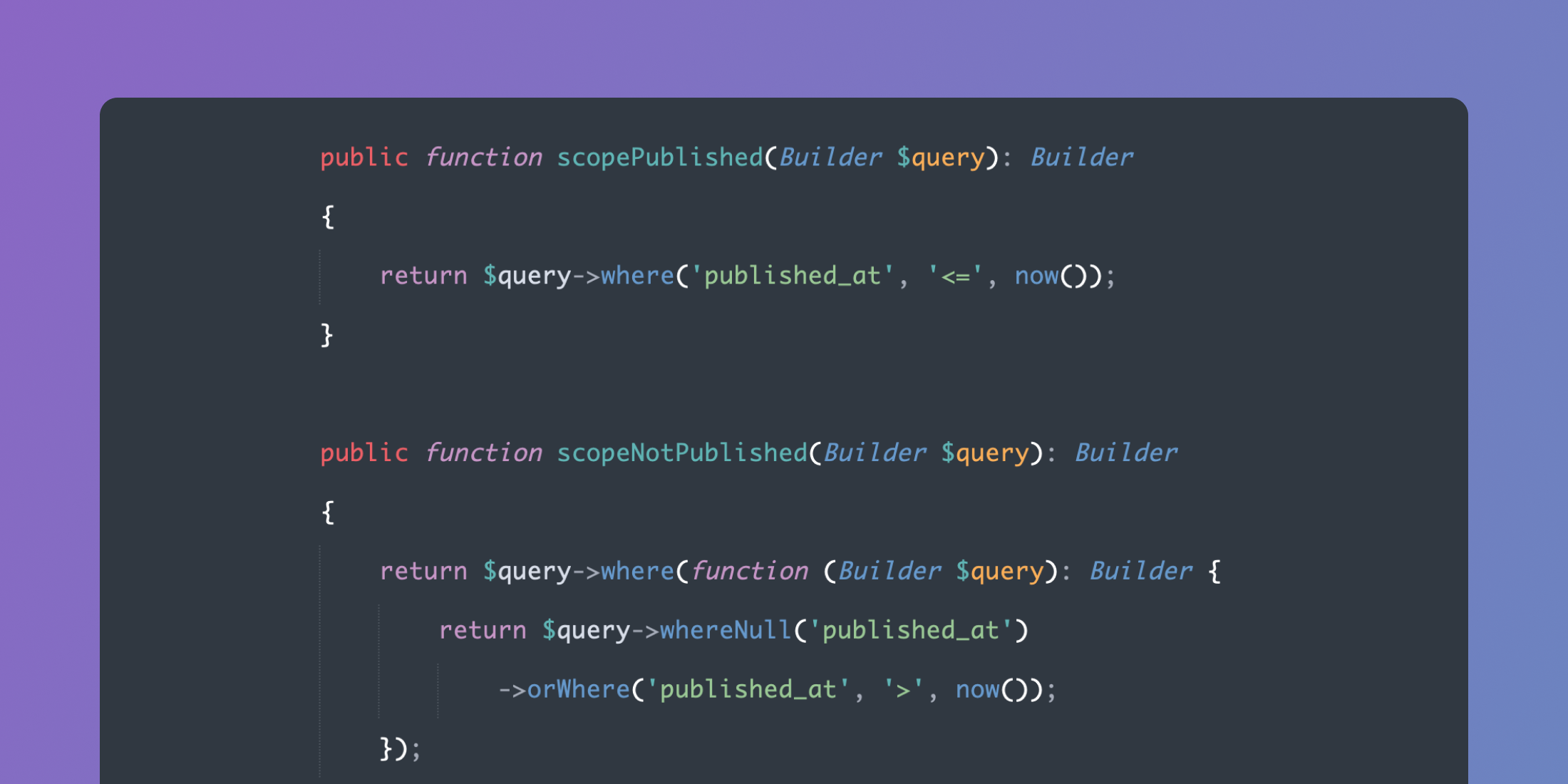
Learn to master Query Scopes in Laravel
Article Introduction:When building a Laravel application, you may need to write queries with constraints that are used in multiple places throughout the application. Maybe you are building a multi-tenant application and you have to constantly add where constraints to the query to filter by user's team. Or maybe you are building a blog and you have to constantly add where constraints to the query to filter if the blog post has been published.
In Laravel, we can use query scopes to help us store these constraints neatly in one place and reuse them.
In this article, we will study the local query scope and the global query scope. We will learn the difference between the two and how to create your own query
2025-03-06
comment 0
728

Dynamic SQL: Building Flexible and Powerful Queries
Article Introduction:Dynamic SQL is a SQL statement dynamically built during the program operation process, which is used to implement flexible query logic. It splices SQL according to runtime conditions and is suitable for scenarios such as multi-condition query, dynamic sorting, batch operations, etc. When using it, SQL injection should be prevented through parameterized queries, whitelist verification, query constructor, etc. 1. Multi-condition query should determine whether the parameters exist and dynamically add WHERE conditions; 2. Dynamic sorting requires verification of column names and restricting paging parameters; 3. Batch operations should control the length of the parameter and use transactions. In addition, loop splicing, generating complex statements should be avoided, and execution plans should be checked using EXPLAIN to optimize performance. Rational use of dynamic SQL can improve flexibility, but it requires both security and efficiency.
2025-07-28
comment 0
617

Methods for selecting specific fields and conditions when exporting data by PHPMyAdmin
Article Introduction:In PHPMyAdmin, data for specific fields and conditions can be exported through SQL query function. First, go to PHPMyAdmin, select the database and table, click "Export" and select the "Custom" option. Enter a SQL statement in the "WHERE" condition box on the "DUMP" tab, such as "SELECTname,emailFROMusersWHEREage>30ANDcity='Beijing'" to filter and export specific fields that meet the conditions.
2025-05-19
comment 0
402

How to find keys with redis
Article Introduction:There are several ways to find keys in Redis: Use the SCAN command to iterate over all keys by pattern or condition. Use GUI tools such as Redis Explorer to visualize the database and filter keys by name or schema. Write external scripts to query keys using the Redis client library. Subscribe to keyspace notifications to receive alerts when key changes.
2025-04-10
comment 0
958
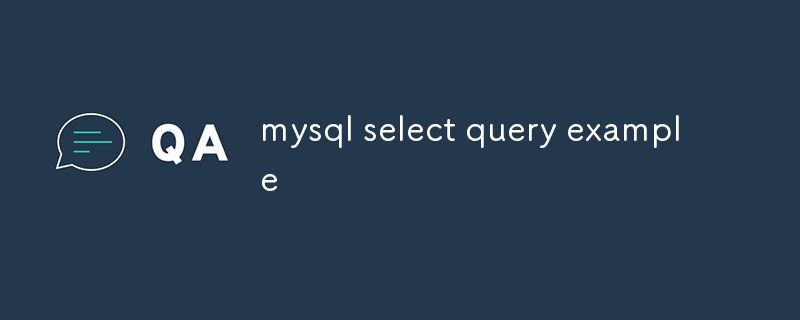
mysql select query example
Article Introduction:The SELECT statement is one of the most commonly used operations in MySQL and is mainly used to query data. First, querying the data of the entire table can be achieved through SELECT*FROMusers; but it is recommended to specify fields such as SELECTid, nameFROMusers; to improve performance. Secondly, use the WHERE clause to filter data by condition, and support operators include =, >,
2025-07-11
comment 0
182
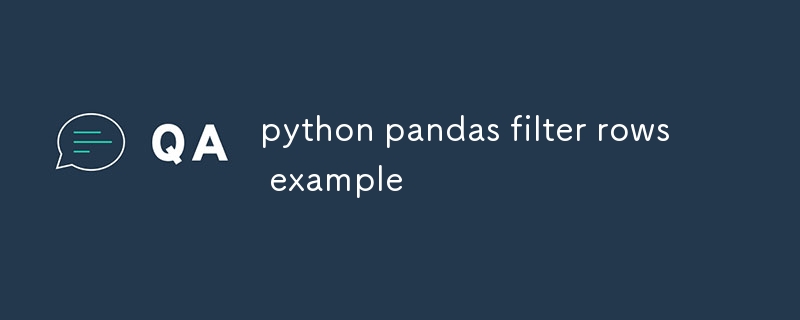
python pandas filter rows example
Article Introduction:Single-condition filtering can be implemented using boolean index, such as df[df['score']>80] filtering rows with scores greater than 80; 2. Multi-condition filtering requires connections of & (and) and | (or) and enclosing each condition in parentheses, such as (df['age']>22)&(df['score']>85), or isin() to match enumeration values; 3. Fuzzy string matching can be implemented through str.contains(), such as df[df['name'].str.contains('a',case=False)] filtering rows with names containing 'a'; 4. The query() method provides a more concise syntax and supports expressions
2025-07-31
comment 0
185
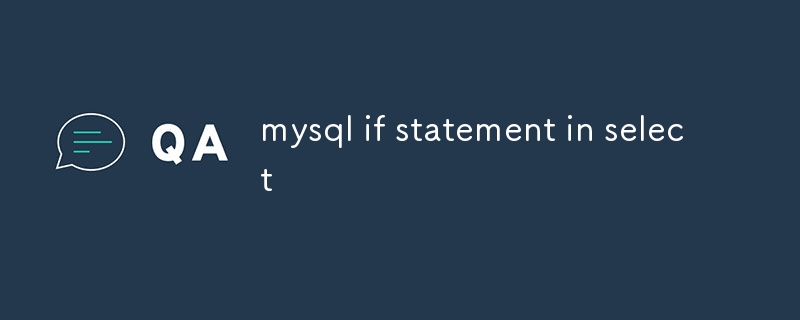
mysql if statement in select
Article Introduction:In MySQL query, IF statements can be used to return different values in SELECT according to the conditions, which are suitable for data judgment, classification or formatted output. IF(condition,value_if_true,value_if_false) is its basic structure; for example, IF(status=1,'completed','not completed') converts numbers into intuitive tags; it can be used in combination with other fields, such as IF(amount>1000,'large order','ordinary order') to classify orders; support nesting to achieve multi-condition judgments, such as IF(score>=90,'A',IF(score>=80,'B','C')); compared to CAS
2025-07-18
comment 0
867
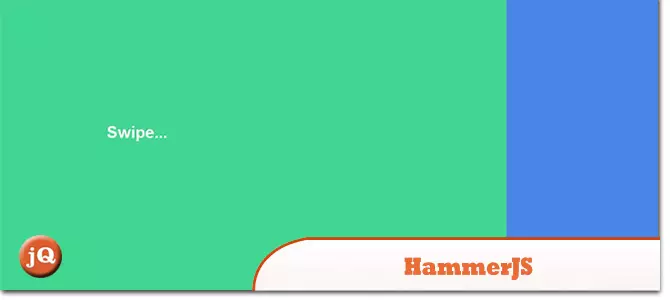
5 jQuery Touch Swipe Image Gallery Plugins
Article Introduction:Five super cool jQuery touch sliding picture library plug-ins are recommended to help you display your products or portfolios in a wonderful way! Users can swipe up and down, left and right to switch pictures, which is worth a try! Related articles:
30 Best Free Android Media Players
Add jQuery drag/touch support for iPad
Hammer.js touch carousel diagram
A JavaScript library for multi-touch gestures.
Source code demonstration 2. TouchSwipe
TouchSwipe is a jQuery plug-in that can be used with jQuery on touch devices such as iPad and iPhone.
Source code demonstration 3. TouchWipe
Allows you to use iPhone, iPad or i
2025-02-23
comment 0
1021

CSS container queries explained
Article Introduction:Container query solves the context dependency problem of traditional media queries by letting components respond according to the parent container size rather than the viewport size. 1. First, use container-type or container-name to define the query container, 2. Then use @container to write conditional styles instead of @media, so that components are adaptable in different layouts, supporting nested, multi-condition and named containers, suitable for grid, CMS and design systems. Modern browsers have good support, truly realizing component-level responsive design.
2025-07-25
comment 0
735
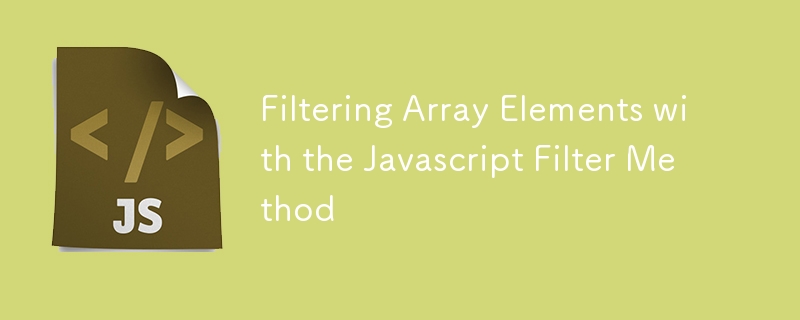
Filtering Array Elements with the Javascript Filter Method
Article Introduction:JavaScript's filter method is used to create a new array containing all elements tested by the callback function. 1. Basic usage: filter traverses each element of the array. If the callback returns true, the element will be retained, such as filtering numbers greater than 25; 2. Filtering object array: You can filter through object properties, such as selecting users with age greater than or equal to 18; 3. Multi-condition filtering: You can use logical operators to combine multiple conditions in the callback, such as meeting age greater than 20 and the name contains the letter "a"; 4. Dynamic filtering: Combining the input box to realize the real-time search function, dynamically update the filter results based on user input, ensuring that upper and lower case insensitive.
2025-07-08
comment 0
141

Advanced SQL Index Types: Clustered, Non-Clustered, Columnstore
Article Introduction:In database optimization, three index types: Clustered, Non-Clustered and Columnstore have applicable scenarios. 1. Clustered index determines the physical storage order of data, suitable for range query and sorting, but may cause performance problems when inserting and updating; 2. Non-clustered index supports multi-condition query, but requires two searches to affect I/O efficiency, and KeyLookup can be reduced through INCLUDE; 3. Column storage index is designed for big data analysis, with high compression rate and fast scanning, which is suitable for aggregate query, but the update support is limited. When used, it needs to be reasonably selected based on the query mode and data characteristics.
2025-07-25
comment 0
226

Advanced Spring Data JPA for Java Developers
Article Introduction:The core of mastering Advanced SpringDataJPA is to select the appropriate data access method based on the scenario and ensure performance and maintainability. 1. In custom query, @Query supports JPQL and native SQL, which is suitable for complex association and aggregation operations. It is recommended to use DTO or interface projection to perform type-safe mapping to avoid maintenance problems caused by using Object[]. 2. The paging operation needs to be implemented in combination with Pageable, but beware of N 1 query problems. You can preload the associated data through JOINFETCH or use projection to reduce entity loading, thereby improving performance. 3. For multi-condition dynamic queries, JpaSpecifica should be used
2025-07-31
comment 0
211

php regex negative lookahead example
Article Introduction:Negative first is used in PHP regulars to match positions that do not follow specific content. ^(?!.\.jpg$).*$/ can filter non-.jpg-end file names, such as photo.png?; ^(?!.error). $/m can exclude log lines containing "error"; combined use such as ^a(?!.*b).*$/ can match strings starting with a and not containing b; common misunderstandings include missing writes.*, missing anchor points, and wrong order of multi-condition overlay. Correct combination of anchor points and wildcard characters is the key.
2025-07-07
comment 0
352
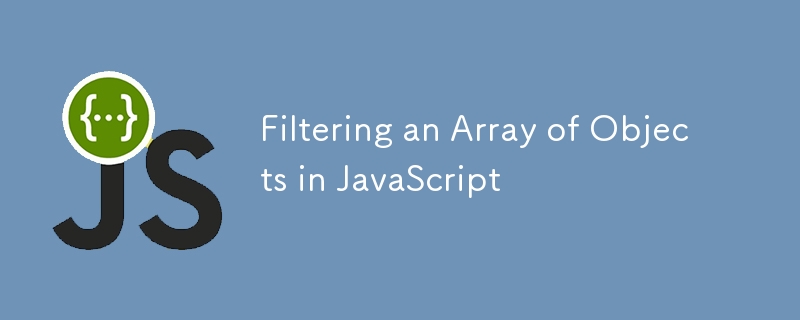
Filtering an Array of Objects in JavaScript
Article Introduction:The filter() method in JavaScript is used to create a new array containing all the passing test elements. 1.filter() does not modify the original array, but returns a new array that meets the conditional elements; 2. The basic syntax is array.filter((element)=>{returncondition;}); 3. The object array can be filtered by attribute value, such as filtering users older than 30; 4. Support multi-condition filtering, such as meeting the age and name length conditions at the same time; 5. Can handle dynamic conditions and pass filter parameters into functions to achieve flexible filtering; 6. When using it, be careful to return boolean values ??to avoid returning empty arrays, and combine other methods to achieve complex logic such as string matching.
2025-07-12
comment 0
847

Mastering XPath for Complex XML Document Navigation
Article Introduction:Master the axis operations except / and //, such as parent::, following-sibling:: and preceding::, and use //node()[self::sectionorself::chapter] to match multiple tags; 2. Use predicates to perform complex filtering, such as position, multi-condition combination and function judgment, for example //log[substring(@timestamp,1,10)='2024-05-20'] to filter by date; 3. Correctly handle the namespace, you need to register the prefix and URI mapping in the parser, such as //ns:item, you need to configure ns→http://example.com/ns
2025-07-23
comment 0
176

How to fix Chrome not respecting dark mode on a website
Article Introduction:When Chrome does not respect dark mode, it can check the system and browser settings in turn, use developer tools to troubleshoot media query problems, and force enabled through plug-ins or experimental functions. First, make sure that both the operating system and Chrome's dark mode are enabled correctly; secondly, use the developer tools to check whether prefers-color-scheme:dark is effective; if it is still invalid, you can try the DarkReader plug-in or enable Chrome's experimental forced dark mode function; website developers should use standard media queries, avoid hard-coded backgrounds, and test multi-device compatibility.
2025-07-15
comment 0
768
